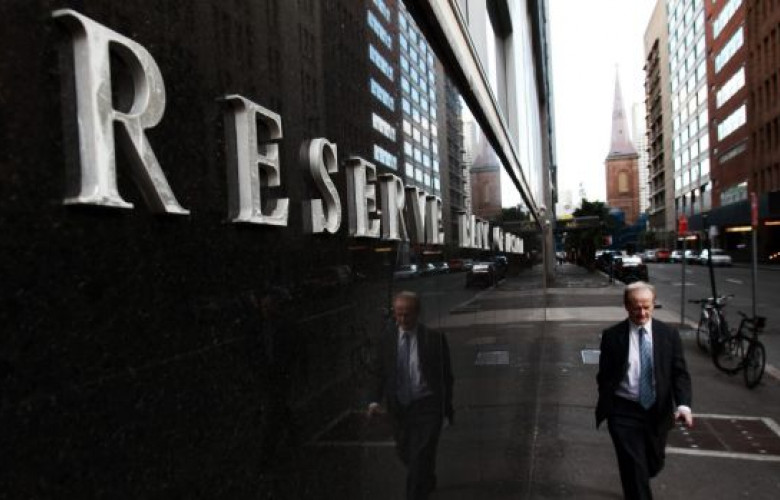Making sense of interest rate decisions and property
Contact
Making sense of interest rate decisions and property
Why are Australians so obsessed with interest rates?
Watching interest rates has almost become a sport in Australia. Will they go up, or won’t they? It seems to matter to a lot of people each month, many of them mortgage holders.
One reason for this is the country’s general obsession with property and how money is borrowed to pay for that property. For example, close to 80% of mortgages are purchased on a variable interest rate, according to broker Mortgage Choice, and this means any rise in official rates will likely impact the monthly payments on those loans.
And so, as speculation increases that the ‘cash rate’ set by the Reserve Bank of Australia (RBA) will go up in the coming months, there’s not surprisingly been a gradual uptick in fixed loans taken out (around 22% overall in February), as per recent Mortgage Choice data. In light of an improving global economy, however, Australia’s economic situation seems steady right now, based on the RBA’s statement this week.
Importantly, the RBA also notes varied property market conditions around the country, which is why, in part, it’s leaving the cash rate at 1.5%. Other factors contributing to its recent decision include inflation remaining low, labour costs being subdued and mixed employment conditions.
“Taking account of the available information the board judged that holding the stance of policy unchanged at this meeting would be consistent with sustainable growth in the economy and achieving the inflation target over time," said RBA governor, Phillip Lowe.
Worrying about the economy
The official interest rate also matters broadly because it impacts how people spend and save. As such, the RBA uses it as a tool to either stimulate the economy, or to curtail consumer activity.
One reason to worry about too much spending is that it can cause the cost of goods and services to rise, pushing up inflation. High inflation can then negatively impact the efficiency of the overall economy. When the RBA anticipates this, it often increases the cash rate to keep a lid on inflation.
Right now inflation is at 1.5%, as per the Consumer Price Index (CPI), which measures the changing price consumers pay for goods and services. Keep in mind that the target rate is 2-3%, which, according to the RBA’s website, is “sufficiently low that it does not materially distort economic decisions in the community.”
Well, the target can wait. The economy is ticking along and the RBA is trying to keep everything balanced. Indeed, the current monetary policy setting remains appropriate for sustainable growth in the economy, the RBA governor said this week.
For a start, gross domestic product in the December quarter rose 1.1% from September, consumer sentiment was up slightly in February, based on the Westpac Melbourne Institute Index, and the RBA says the overall economic outlook is encouraging.
Of course, the RBA “still has the ability to cut rates if underlying inflation stubbornly remains below the low end of the 2-3% target band,” according to CommSec.
So where’s the problem?
While the RBA exercises close control over the cash rate through its financial-market operations and policies, banks and credit providers set their own rates and can choose to increase or decrease rates regardless of the cash rate, according to ASIC's Moneysmart.
This has been a source of debate over the last year. The RBA is continually grappling with the idea that record low rates are causing a prolonged selling and construction boom in some property markets, while at the same time they are trying increase activity in quieter ones.
"The predicament for the RBA is clear,” says CoreLogic RP Data’s head of research, Tim Lawless. “They are unwilling to drop rates because this would likely add further fuel to the housing market. [But] they don’t want to push rates higher as this will stifle consumption and investment more broadly as well as potentially place some upwards pressure on the Australian dollar.
"While interest rates remain at their current low level, and in the absence of additional macro prudential measures, we should expect housing demand from investors and owner occupiers to remain strong, particularly in those cities where economic conditions remain strong and migration rates remain high.”
By JP Pelosi.
See also:





